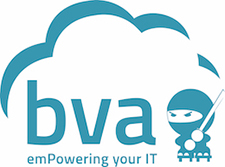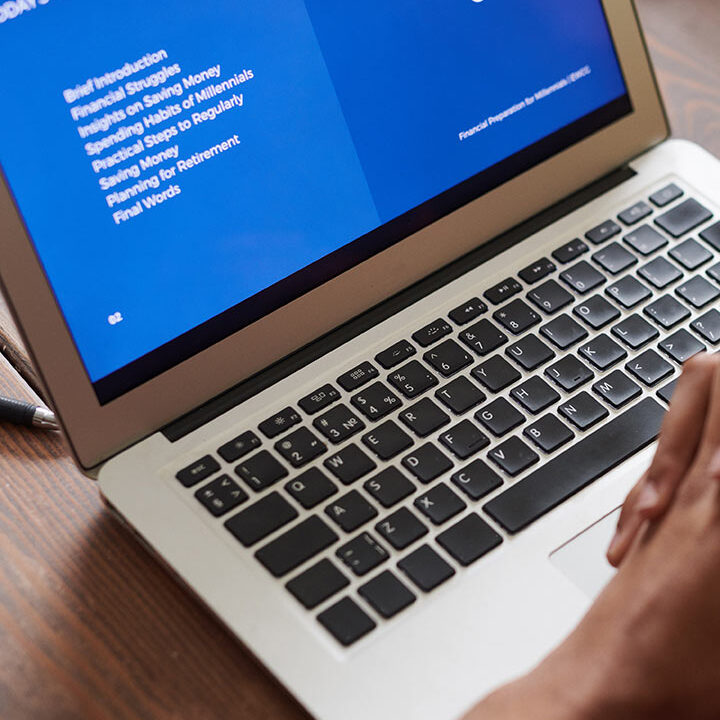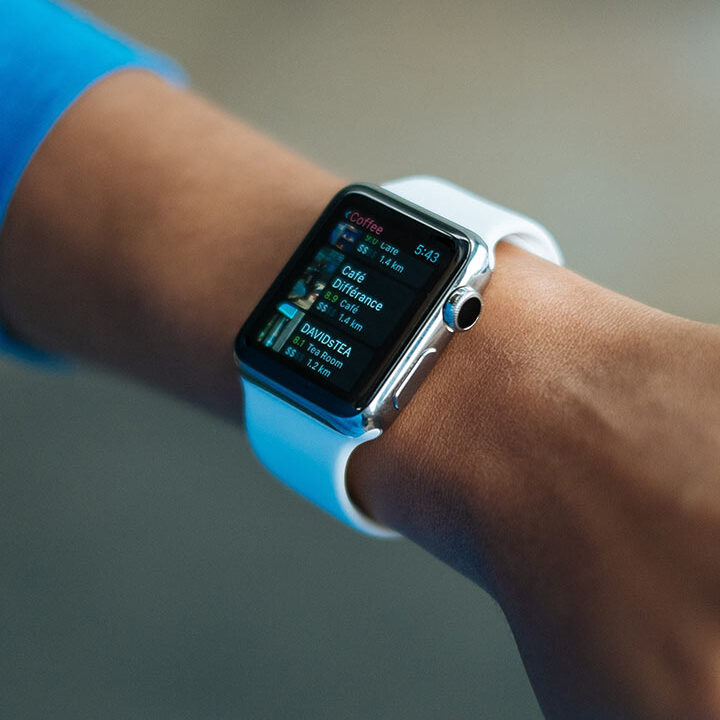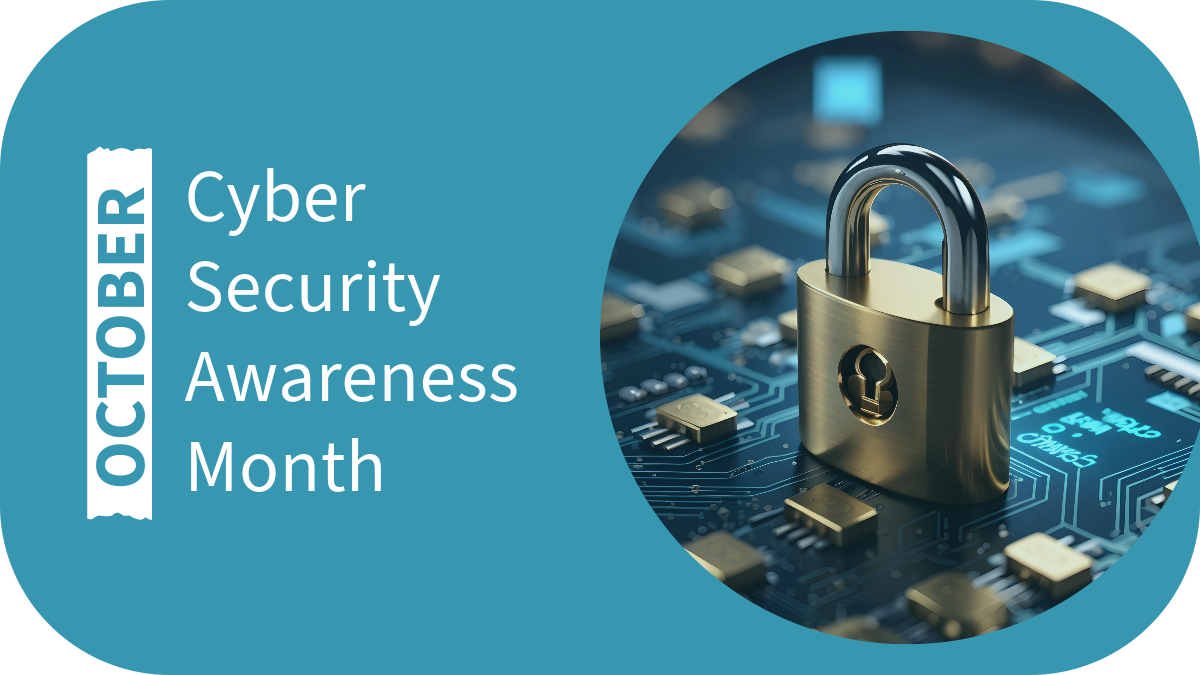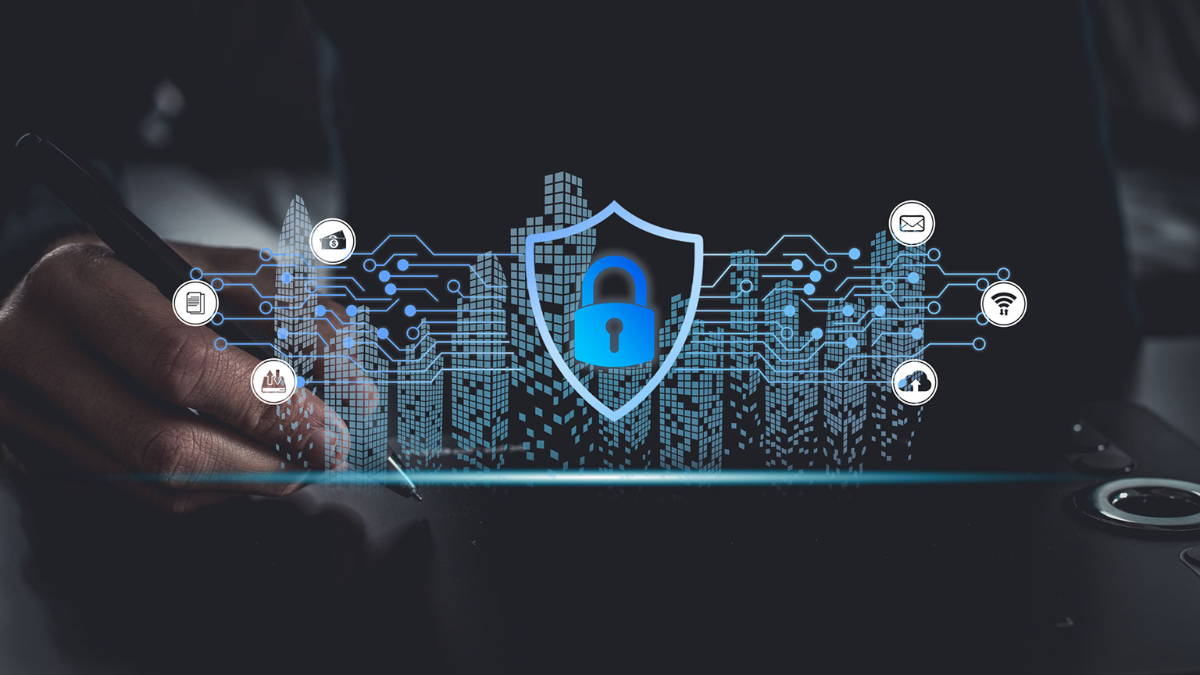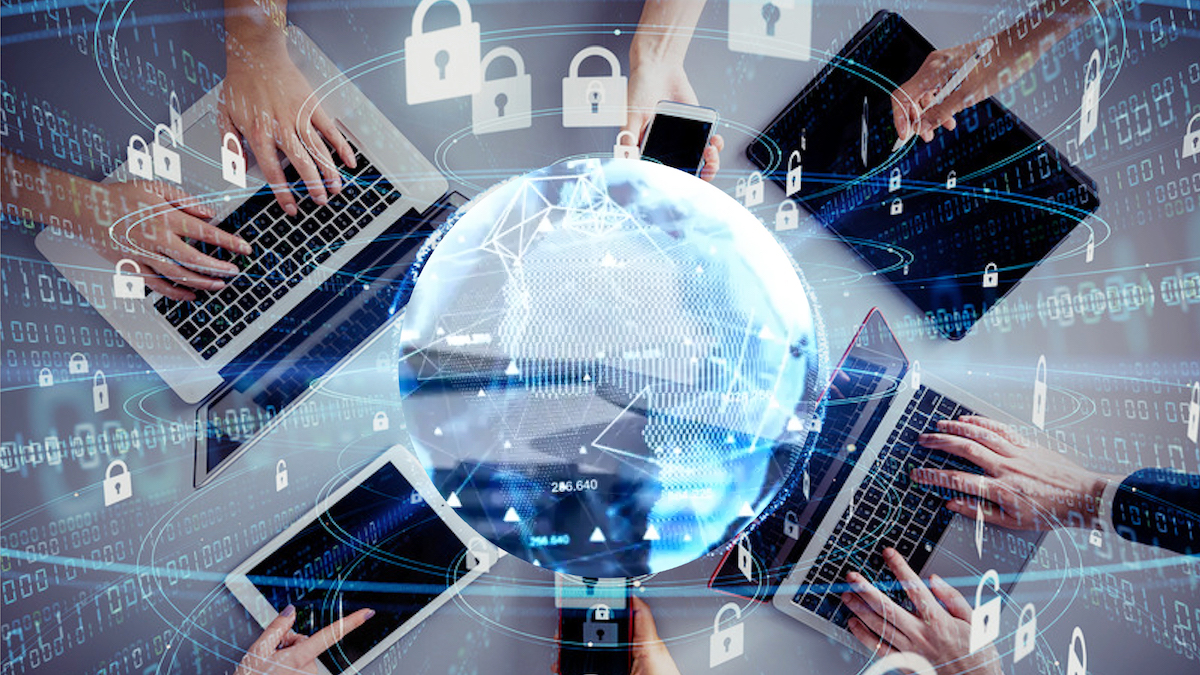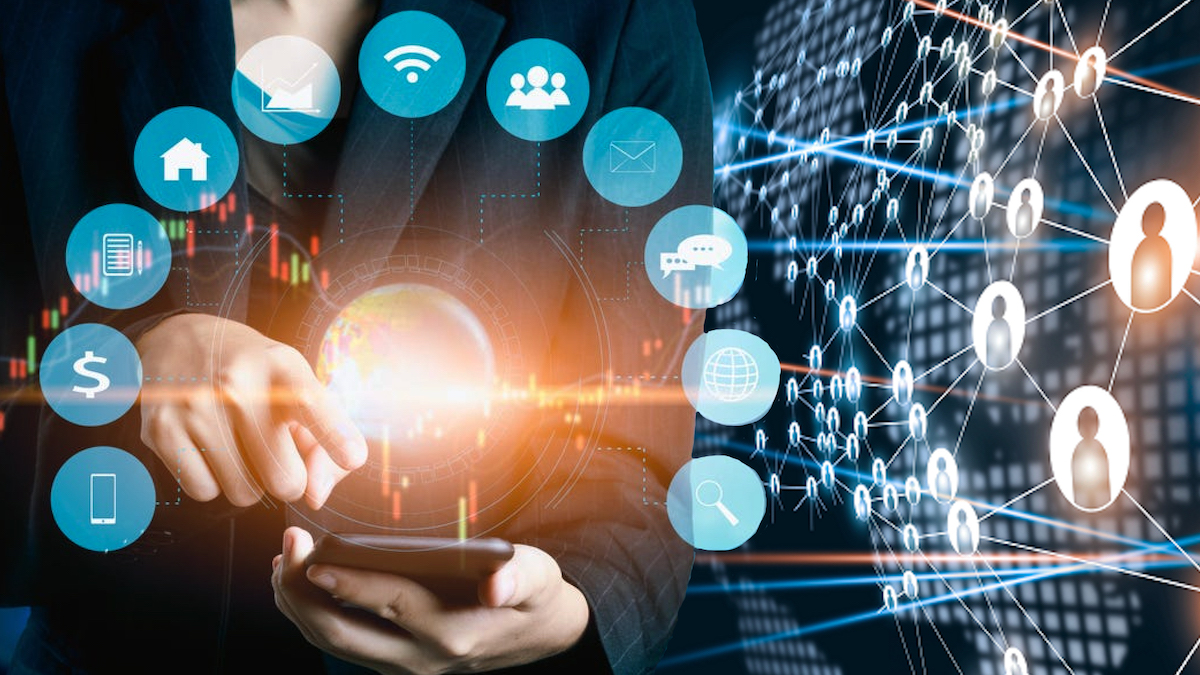Installing Cisco Umbrella involves setting up the DNS-layer security service to protect your network from threats and enforce policies. Here’s a step-by-step guide to help you get started: 1. Sign Up for Cisco Umbrella 2. Access the Cisco Umbrella Dashboard 3. Add Your Organization’s Network 4. Configure DNS Settings 5. Install the Umbrella Roaming Client […]
Backing up your email in Office 365 (now known as Microsoft 365) is quite important in the event that there is loss of data. Microsoft only allows your to restore your email after deletion for a term of 30 days. Even though Microsoft provides robust security and redundancy measures, there’s always a risk of accidental […]
Virtual LANs (VLANs) are used in business networks for several important reasons, enhancing both the performance and security of the network. If your business networks are not carved up, your are seriously putting your organization in harms way and making it much easier to navigate in the event that they get access. Here’s why VLANs […]
Anticipating the future of cybersecurity is a difficult endeavor, however, I’m here to offer insights that are shaping the ever-evolving cybersecurity landscape. Hackerss are using AI in creative ways to compromise users and breach organizations, from high precision phishing emails to video and voice deep fakes of CEOs. Before launching a cyberattack, hackers had to […]
Discover the shocking truth behind why ‘Zero Trust’ cybersecurity failed to transform the IT landscape, and what it means for the future of digital security.
Key Trends, Threats, and Solutions for a Safer Online Environment Each October, we celebrate Cybersecurity Awareness Month to emphasize the importance of online safety. 2023 marks its 20th anniversary. What is Cybersecurity Awareness Month? Cybersecurity and Infrastructure Security Agency (CISA) created Cybersecurity Awareness Month to educate and promote online safety using Cybersecurity Awareness Month […]
Empowering Your Organization with Powerful Strategies and Insights to Safeguard Against the Evolving Menace of Zero-Day Attacks. In the ever-evolving world of IT security, staying informed about the latest threats is paramount. Today, we explore the intriguing realm of zero-day attacks, an insidious form of cyber attack that continues to challenge organizations worldwide. We will […]
The NSA’s Best Practices for Securing Your Home Network guide provides remote workers with advice on how to protect against online threats. Remote working brings benefits for employees, but by working from outside the company’s internal network there’s also the added threat that employees are left more vulnerable to cyberattacks. If hackers can compromise a remote […]
Organizations rely on networks to power their work. Networking services can ease network management in nearly every industry. Think of networking services as technology’s orchestra conductor, but instead of managing musicians you’re managing a bunch of applications and data that your business depends on. Networking services track all the data and applications a company is […]
